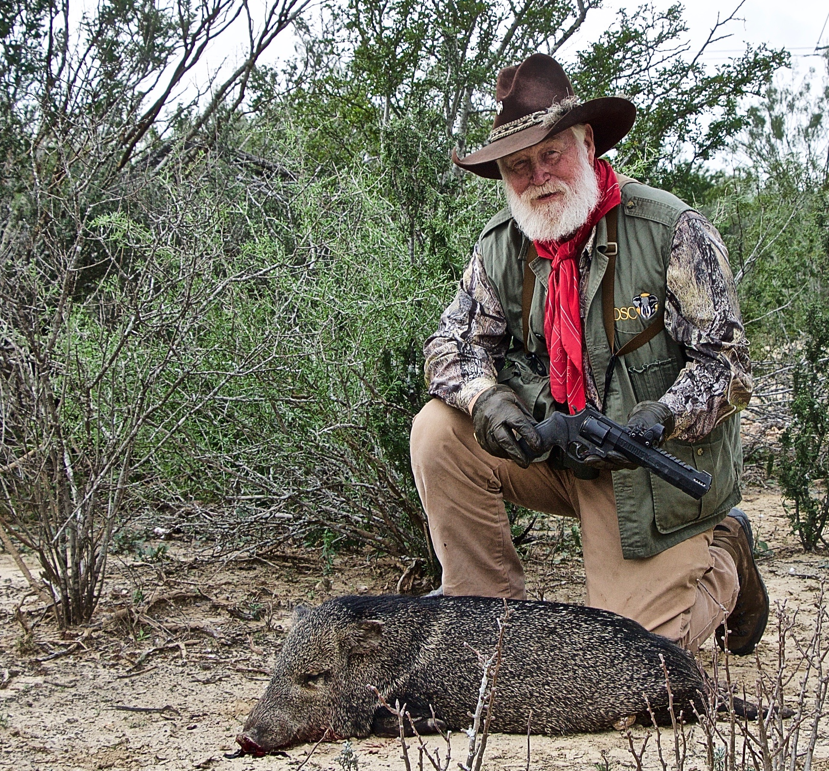If black bears thrive in the mixed terrains of Vermont, why are starving cubs turning up under people’s porches?
Although Vermont has one of the densest populations of black bears in the U.S., the animal’s solitary lifestyle and fear of humans keep sightings fairly rare. However, at the end of April, several cubs were spotted around residents’ homes. They were emaciated and desperate for food.
This is why wildlife management is so important, especially in small, dense states like Vermont. The state’s Fish and Wildlife Department has a successful black bear management plan in place that includes sustainable use. So, what went wrong?
Last spring, the birth rate for black bears was high. Then in the fall, several regions underwent food shortages. This combination drove dozens of desperate, starving bears to human-populated areas when they had exhausted their food sources in early spring.
Habitats, such as Vermont’s ecosystems, can only support so many organisms. A food supply can run out if there are too many individuals – this is known as carrying capacity.
Hunting as a management tool can prevent sudden spikes in population, which disrupt the entire ecosystem. Sustainable use manages the population so negative effects such as starving animals and human-wildlife conflicts remain minimal.
As a result of well-managed black bear hunting in Vermont, the population has grown steadily from 2,000 in 1975 to about 6,000 in 2016.
Source: Vermont Fish and Wildlife Department



